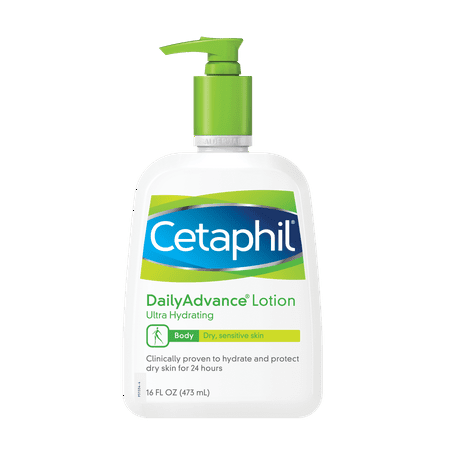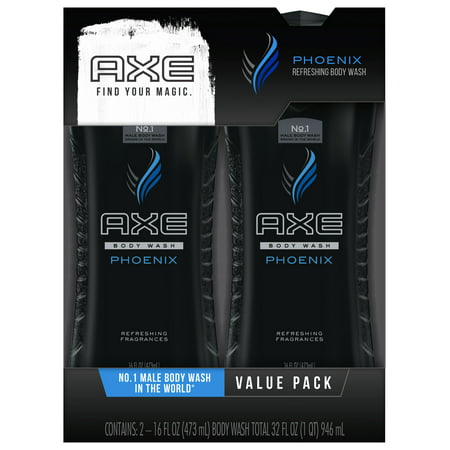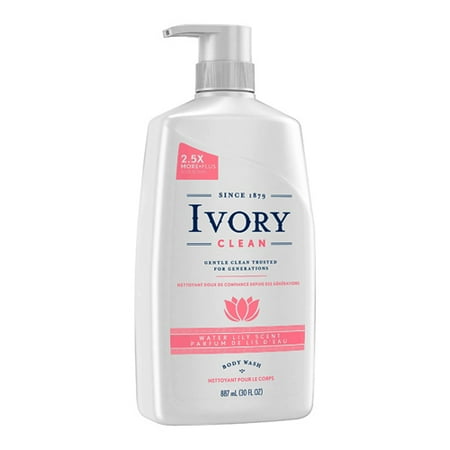(2 pack) Ivory Clean Water Lily Body Wash, 30 oz
Ivory Clean Body Wash leaves pores and skin clean and hydrated (vs. ordinary soap) and is free of dyes and heavy perfumes. Ivory reflects over 130 years of experience developing gentle merchandise the complete family can agree with.












Reviews
There are no reviews yet.